When is it better to plant zucchini seedlings and how to help it take root in the open field?
Growing zucchini through seedlings has its pros and cons. I would like to taste delicious vegetables from our own garden as early as possible, but the main part of our country is located in a cold climatic zone. The southern plant does not tolerate frost, it is not warm enough until June, it cannot be planted, which means that the first fruits will appear only by the end of July. But if you start sprouting at home, the crop can be harvested a whole month ahead of schedule. It is important to properly plant young plants in open ground: it is a shame if the sown seeds do not sprout; it is doubly offensive if the seedlings, which have been given so much strength, die.
Soil preparation
When the seedling bushes are already green on the windowsill, it is too late to choose the place where you will plant it for permanent residence. It is advisable to plan this in the fall and before the snow to carry out preparatory work. Find an area that has not had any pumpkin family members in the previous 3 years. Better to plant in the beds where they grew siderates, legumes or crucifers, potatoes, carrots, onions, or garlic. The place should be well lit and protected from the wind. Zucchini do not like acidic soils, it is better to plant them in slightly alkaline or neutral soil, preferably in light sandy loam and loam. If the soil is acidic, add chalk or ash to it.
In the fall, after harvesting, dig deeply into the area, adding 1 m2 the following components:
- humus or compost - 5 kg;
- superphosphate - 30 g;
- potassium sulfate - 20 g.
When the bed overwinters and processes fertilizers, sprinkle it with ammonium nitrate in the spring (15 g per 1 m2), loosen the soil to a depth of 10 cm and level. 1 m2 no more than 3 plants can be planted. Mark the holes according to the scheme: 0.7x0.9 m for varieties with long shoots; 0.7x0.7 m for bush squash. Do not save space, it is better to plant few bushes that will give a good harvest than to place them closely and not get full fruit. Install arcs so that in the event of a sharp cold snap, you can quickly cover the seedlings with film or non-woven material.
Advice
If you want to grow pure varieties of zucchini, provide a separate area for each type. These plants are easily pollinated from each other, the harvest from the garden, where the mixture of varieties grows, can surprise you with absolutely incredible shades and shapes. Experimental lovers can plant nearby bushes with long green and round yellow fruits and see what kind of "offspring" will turn out.
Choose the right time to prepare the bed so that it is ready to receive seedlings, but does not stand empty for a long time and does not dry out. The weather should be warm outside without the threat of frost. The best temperature for zucchini is 18-23⁰, in different regions it can be both May and June. Plants should be planted in open ground at the age of about a month; 3 true leaves should form on the shoots.
Zucchini are demanding on heat, so it is advisable to plant them on warm beds or special mounds. Prepare the hole and fill it with 1 bucket in layers:
- turf land;
- manure;
- fertile soil.
You will have a slight bump that needs to be covered with plastic to keep it warm. Cut a hole on top where you want to plant the sprout.
How to transplant zucchini correctly?
Train your plants to live outdoors a week before being outdoors. In the morning, take out the seedlings to fresh air, return to the room in the evening. Follow the forecast, start planting when it is warm but cloudy outside.It is desirable - in the late afternoon or early morning, but then cover the plants from the sun for a day.
Dig holes about 10 cm deep, pour them well with warm water. Put a little compost and ash in each hole, mix with the soil. Zucchini roots do not recover well, so remove the seedlings from the container carefully, being careful not to destroy the earthen ball. The most convenient way to carry out such an operation is to plant the seeds in special cups with a rising bottom. Place the shoots in the holes, cover with earth until the cotyledons, and lightly compact the soil. After planting, the ground around the roots must be watered at the rate of 1 liter of water per 1 seedling. The liquid should not get on the leaves, do not use watering cans with a grid or spray. The next day, loosen the soil in the holes and cover it with rotted sawdust or compost.
Advice
In order not to injure the roots when transplanting into open ground, it is better to plant zucchini in peat potsthat can be completely buried in the ground.
Until the plants get stronger, cover them with plastic wrap or non-woven fabric overnight. In areas where frost may occur, each shrub can be covered with a cut-off plastic bottle. In hot weather, the caps are removed from the necks, and the zucchini are ventilated, the plugs are screwed back on at night. Do not forget to remove the film for a day so that the seedlings do not overheat.
Seedling care
Zucchini are not very demanding on moisture, but you should not overdry the soil. Water the seedlings in the evening with warm water, which is well warmed up in the sun. Do not pour on the whole plant, the water should only get under the root. Until the leaves grow, it is advisable to water it daily on very hot days - about 2 liters of water per well. When the green mass shades the adjacent soil, you can moisten it once a week, but abundantly. Do not allow a crust to form on the ground, keep it loose. When the plants release the fifth leaf, they need to be hilled.
2 weeks after planting in open ground, seedlings should be fed with organic fertilizers. Prepare herbal infusion: fill the container with weeds or cut grass and fill with water. Stir the composition daily, after a week you can drain the liquid. For feeding for 1 part of the infusion, take 8 parts of water and water at the root. After another 2 weeks, feed with slurry. When ovaries appear, spill the earth with one of these compounds, adding a glass of ash and a tablespoon of double superphosphate to 10 liters of liquid.
If the planting was successful, in a week the plants will get stronger, and it will be possible to carry out preventive treatment against diseases and parasites. To protect the zucchini from fungal attack, spray them with a 1% solution of Bordeaux liquid. "Karbofos" will help against aphids, whiteflies and other harmful insects. Opponents of chemicals can use natural preparations or tobacco infusion.
Output
To taste fresh vegetables at the beginning of summer, you can plant a few zucchini bushes on the windowsill. Such fruits cannot be stored for a long time; they must be eaten immediately or prepared. Pumpkin crops are difficult to transfer to open ground, damaged roots are poorly restored. It is better to plant seeds in peat pots, which are buried in the ground along with the sprout.
Landing in open ground is the first stage, now you need to properly take care of your green pets in order to help them quickly settle down in a new place. Timely watering, fertilizing and loosening will create the necessary conditions, the seedlings will get stronger and begin to develop well. It is advisable to treat young plantings from pathogens and pests for prevention: when problems arise, it will be much more difficult to deal with them. Do not spare your energy, take care of the zucchini, and very soon you will have your fill of fresh tasty fruits.
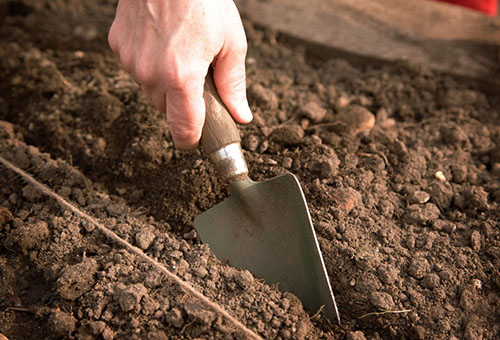
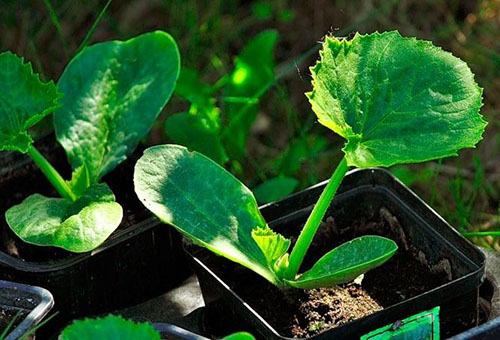
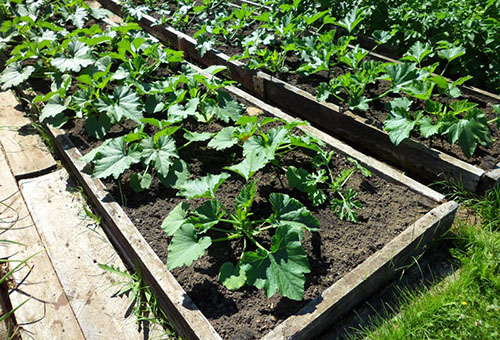
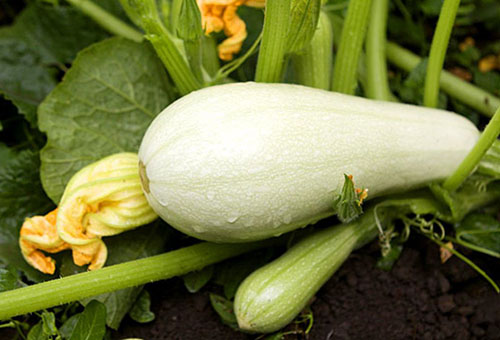
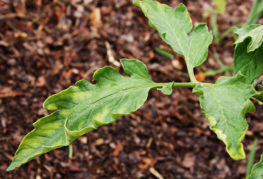

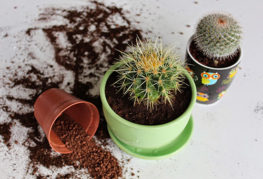
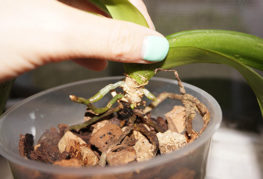
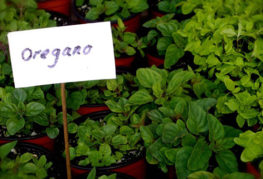
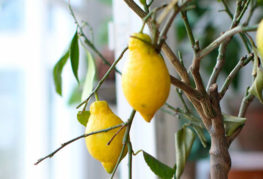
and will be published shortly.